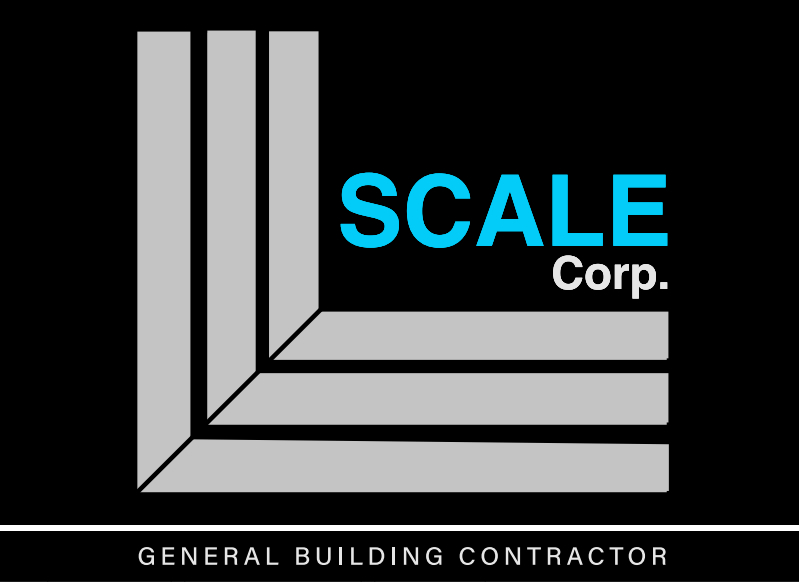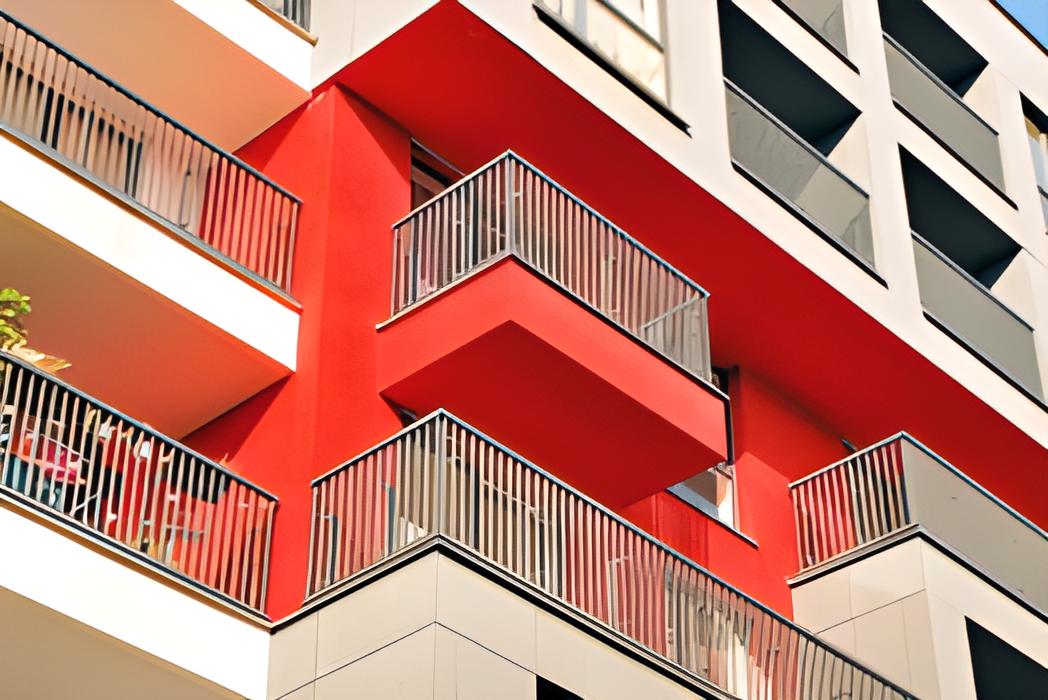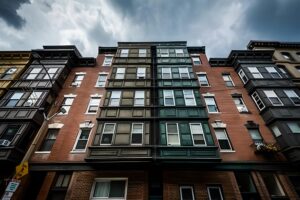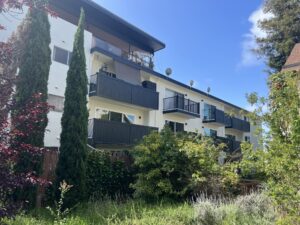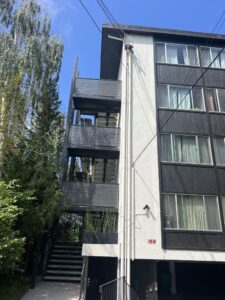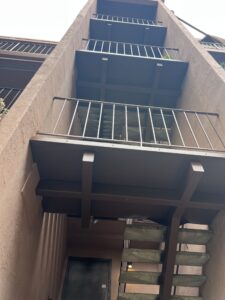Scale-Corp can handle the inspection with once of our associated engineers, as we can schedule, plan and execute any structural repairs, and waterproofing per engineer’s report and recommendation.
WHAT IS SB721 INSPECTION ?
CHAPTER 445
An act to amend Section 1954 of the Civil Code, and to add Article 2.2 (commencing with Section 17973) to Chapter 5 of Part 1.5 of Division 13 of the Health and Safety Code, relating to building standards.
Approved by Governor September 17, 2018. Filed with Secretary of State September 17, 2018.] legislative counsel’s digest.
SB 721, Hill. Building standards: decks and balconies: inspection.
Existing law provides authority for an enforcement agency to enter and inspect any buildings or premises whenever necessary to secure compliance with or prevent a violation of the building standards published in the California Building Standards Code and other rules and regulations that the enforcement agency has the power to enforce.
This bill would require an inspection of exterior elevated elements and associated waterproofing elements, as defined, including decks and balconies, for buildings with 3 or more multifamily dwelling units by a licensed architect, licensed civil or structural engineer, a building contractor holding specified licenses, or an individual certified as a building inspector or building official, as specified. The bill would require the inspections, including any necessary testing, to be completed by January 1, 2025, with certain exceptions, and would require subsequent inspections every 6 years, except as specified. The bill would require the inspection report to contain specified items and would require that a copy of the inspection report be presented to the owner of the building within 45 days of the completion of the inspection and would require copies of the reports to be maintained in the building owner’s records for 2 inspection cycles, as specified. The bill would require that if the inspection reveals conditions that pose an immediate hazard to the safety of the occupants, the inspection report be delivered to the owner of the building within 15 days and emergency repairs be undertaken, as specified, with notice given to the local enforcement agency. The nonemergency repairs made under these provisions would be required to be completed within 120 days, unless an extension is granted by the local authorities. The bill would authorize local enforcement agencies to recover enforcement costs associated with these requirements. The bill would require the local enforcement agency to send a 30-day corrective notice to the owner of the building if repairs are not completed on time and would provide for specified civil penalties and liens against the property for the owner of the building who fails to comply with these provisions.
Article 2.2. Exterior Elevated Elements: Inspections.
The purpose of the inspection is to determine that exterior elevated elements and their associated waterproofing elements are in a generally safe condition, adequate working order, and free from any hazardous condition caused by fungus, deterioration, decay, or improper alteration to the extent that the life, limb, health, property, safety, or welfare of the public or the occupants is not endangered. The person or business performing the inspection shall be hired by the owner of the building.
(b) For purposes of this section, the following terms have the following definitions:
(1) “Associated waterproofing elements” include flashings, membranes, coatings, and sealants that protect the load-bearing components of exterior elevated elements from exposure to water and the elements.
(2) “Exterior elevated element” means the following types of structures, including their supports and railings: balconies, decks, porches, stairways, walkways, and entry structures that extend beyond exterior walls of the building and which have a walking surface that is elevated more than six feet above ground level, are designed for human occupancy or use, and rely in whole or in substantial part on wood or wood-based products for structural support or stability of the exterior elevated element.
(3) “Load-bearingcomponents”arethosecomponentsthatextendbeyond the exterior walls of the building to deliver structural loads from the exterior elevated element to the building.
(c) The inspection required by this section shall at a minimum include:
(1) Identification of each type of exterior elevated element that, if found to be defective, decayed, or deteriorated to the extent that it does not meet its load requirements, would, in the opinion of the inspector, constitute a threat to the health or safety of the occupants.
(2) Assessment of the load-bearing components and associated waterproofing elements of the exterior elevated elements identified in paragraph (1) using methods allowing for evaluation of their performance by direct visual examination or comparable means of evaluating their performance. For purposes of this section, a sample of at least 15 percent of each type of exterior elevated element shall be inspected.
(3) The evaluation and assessment shall address each of the following as of the date of the evaluation:
(A) The current condition of the exterior elevated elements.
(B) Expectations of future performance and projected service life.
(C) Recommendations of any further inspection necessary.
(4) A written report of the evaluation stamped or signed by the inspector
presented to the owner of the building or the owner’s designated agent within 45 days of completion of the inspection. The report shall include photographs, any test results, and narrative sufficient to establish a baseline of the condition of the components inspected that can be compared to the results of subsequent inspections. In addition to the evaluation required by this section, the report shall advise which, if any, exterior elevated element poses an immediate threat to the safety of the occupants, and whether preventing occupant access or conducting emergency repairs, including shoring, are necessary.
The inspection shall be completed by January 1, 2025, and by January 1 every six years thereafter.
Do not hesitate! contact us, we can provide support and guidance on the process as to provide quote for repairs needed.
